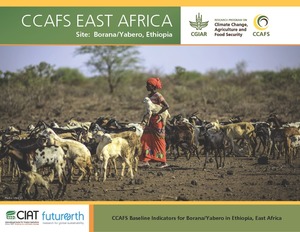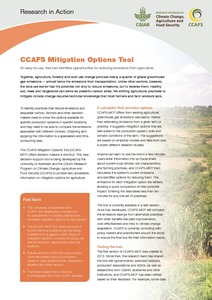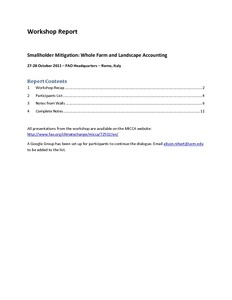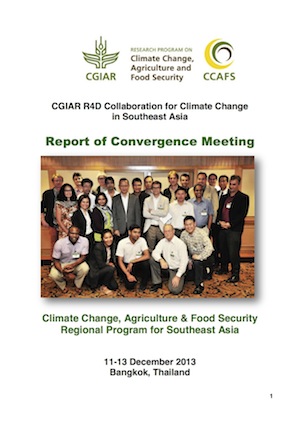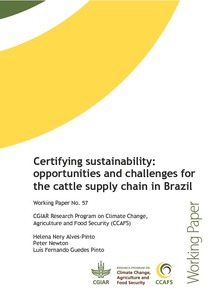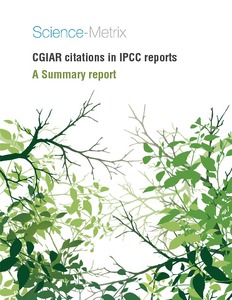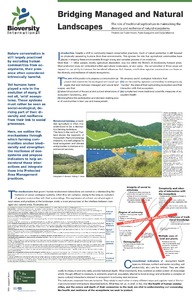Challenges facing African agriculture
At independence in 1960, Africa was a modest food exporter while Asia was engulfed in a food crisis. The Green Revolution boosted food production in Asia and the global food problem shifted to Africa. However, science and technology have been promoted on an ad hoc basis in Africa's 45 years of independence. This chapter analyses why the Asian Green Revolution failed to take root in Africa, and why the average African grain yield has been flat since 1960.


